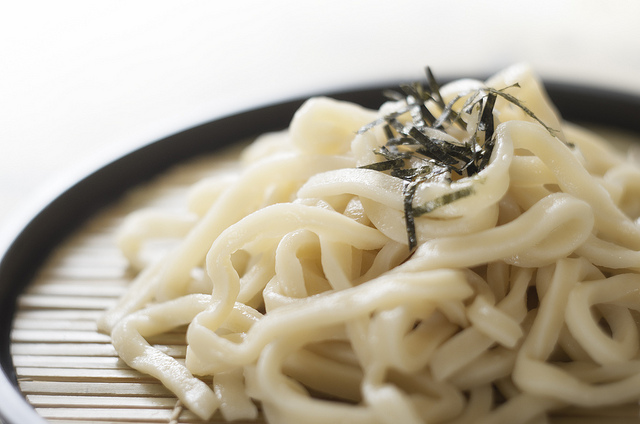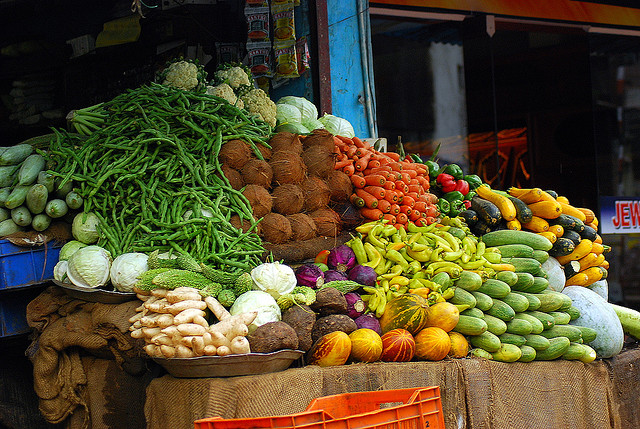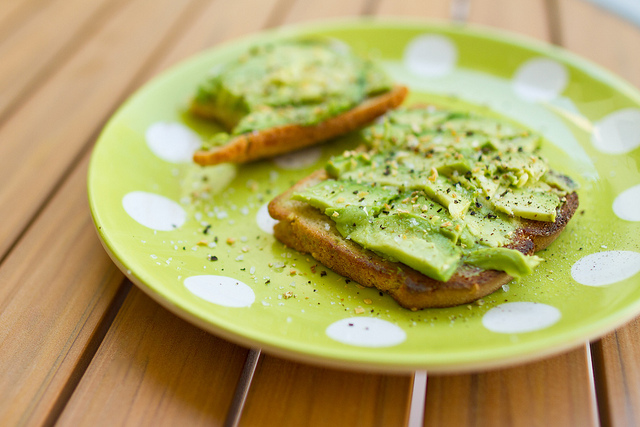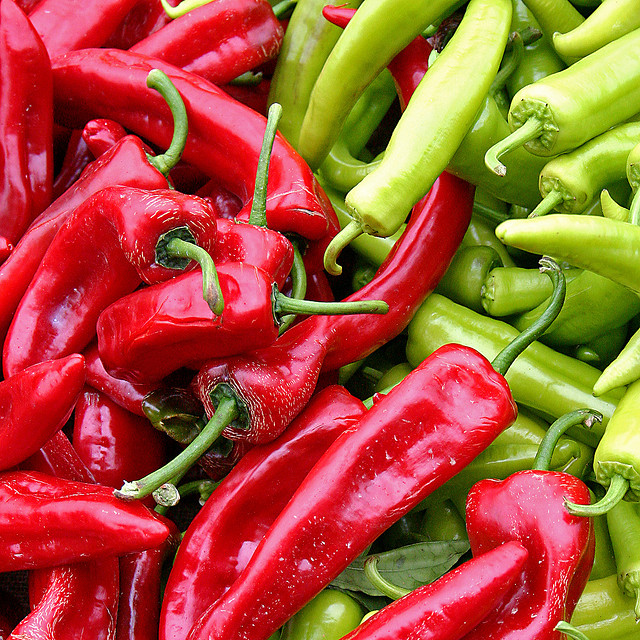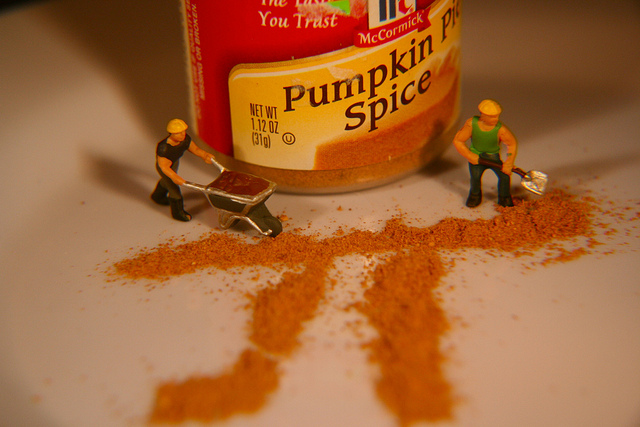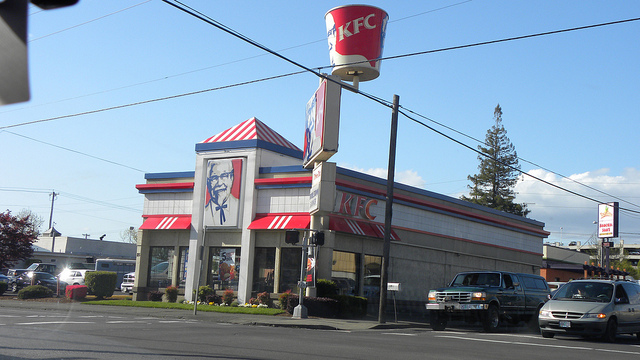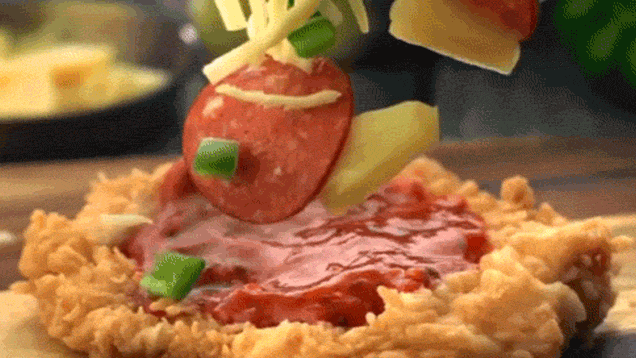Touchy food politics
When we fight over dinner, everyone loses
I was mildly interested in this New York Times article about "modular meals." It seemed like the typical sort of vaguely pleasing, not-exactly-revolutionary cooking articles for which the New York Times is famous.
The idea behind "modular meals" is that you start with a base ingredient (like buttered noodles) and then provide a whole bunch of toppings that every family member can apply to their own liking. Maybe you have one kid who will only eat the buttered noodles, a vegetarian who will eat buttered noodles + tomato sauce, an omnivore who likes noodles + sauce + parmesan, and an adventurous eater who wants noodles + sriracha + bacon. Just set out a bowl of each thing, and let each person load it up the way they want to.
Not particularly controversial, or so I thought, until I saw that the article had a surprising number of comments. Curious, I clicked through, and discovered the same old argument playing itself out all over again.
This is the argument between "take it or leave it, kids in my house who wanted to be picky went hungry" and "kids should have agency over their own food choices and not be forced to eat something they don't want." It tangentially splattered on people with food allergies and adults who are vegetarian, vegan, or otherwise on a food restriction.
I guess it's good that we have so much food that we can argue about how best to eat it. But this is the food world's "Mac vs Linux" or "Star Trek vs Star Wars": an intractable argument that will never be resolved, and where no one's mind will ever be changed. I say let's drop it, and let people do whatever they want in their own kitchens!
